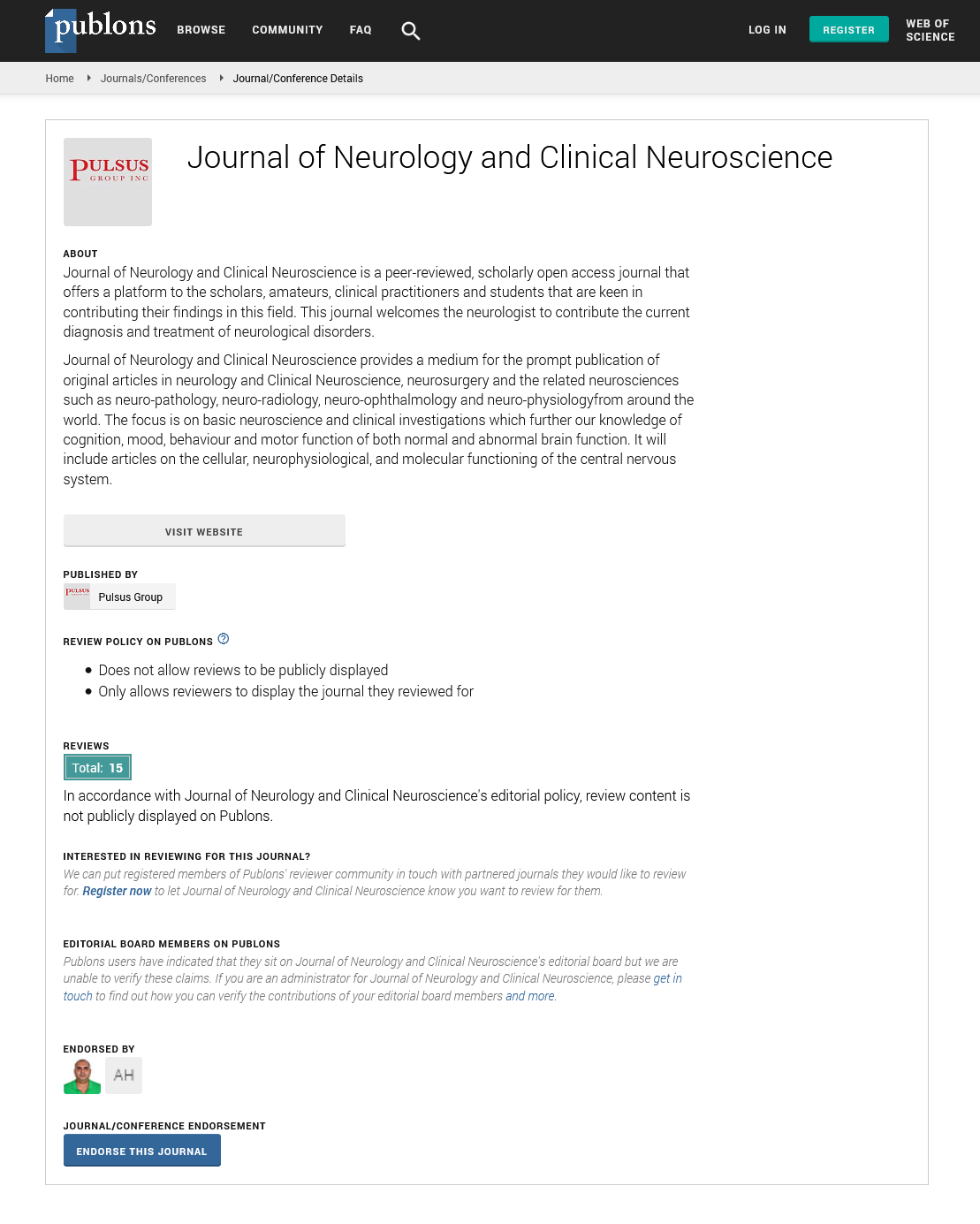Sign up for email alert when new content gets added: Sign up
Novel classification method for the treatment of Lumbar Foraminal Stenosis
5th World Congress on SPINE AND SPINAL DISORDERS
October 16-17, 2019 | Rome, Italy
Ali Fahir Ozer, Orhun Mete Cevik, Mehdi Hekimoglu, Murat Korkmaz, Goktug Akyoldas, Mehdi Sasani,Tunc Oktenoglu and Tuncer Suzer
Koc University School of Medicine, Turkey
Bakirkoy Training and Research Hospital for Psychiatric and Nervous Diseases, Turkey
American Hospital, Turkey
ScientificTracks Abstracts: J Neurol Clin Neurosci
Abstract :
Objective: There are numerous radiological and anatomical studies on Lumbar Foramina in the literature, but there are no distinctive studies about the relationship between treatment and the type of Foraminal Stenosis.
Methods: We retrospectively reviewed the data of patients who underwent Foraminal Stenosis. A new classification system was developed based on radiological findings and treatment modalities of this patient group. Foraminal Stenosis was divided into two groups: stable and unstable stenosis. Both groups were also divided into four subgroups in relation to their cause of and type of compression and based on the structure of the intervertebral disc. Visual Analog Scale (VAS) and Oswestry Disability Index (ODI) scores were investigated before and after surgery.
Results: Seventy-one patients (33 females and 38 males) underwent Lumbar Foraminal Stenosis. The mean patient age was 54 (range 17 to 80) years. There were 11 patients (15.5%) with stable foraminal stenosis and 60 patients (84.5%) with unstable foraminal stenosis. The majority of the patients were identified as having unstable Type 1 Foraminal Stenosis (44 of 71). The mean VAS score was 7.56 before surgery and 0.90 at two years after surgery. Moreover, the mean ODI score was 60,34 before surgery, 40,68 at 4 months after surgery and 8,0 at two years after surgery.
Conclusions: In stable stenosis, the anterior column of the spine is rigid and immobile due to disc and annulus calcification. In contrast, in unstable Foraminal Stenosis, the disc is degenerative but mobile due to the mobility of the anterior column. This classification helps to determine the optimal treatment. In stable stenosis, decompression of the foramen is nearly efficient; however, in patients with unstable stenosis, the instrumentation is almost always necessary.
Biography :
Ali Fahir Ozer was graduated from Ataturk University School of Medicine in 1976. He did his Neurosurgery Residency between 1977 and 1982 at Hacettepe University School of Medicine. He obtained his Associate Professor position in 1988 and Full-Professorship in 1994. He served as the Head of Neurosurgery Department in Kocaeli University between 1994 and 1995. He has been working at American Hospital Neurosurgery Department since 1995 and is currently a faculty of Department of Neurosurgery at Koc University School of Medicine, He is Adjunct Professor in Bioengineering and Orthopaedic Surgery Colleges of Engineering and Medicine, University of Toledo in 2018. His research mainly focuses on the Biomechanics of Spine and dynamic stabilization of the spine. He had patented spinal products used in spinal surgery.
E-mail: alifahirozer@gmail.com





